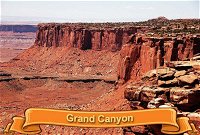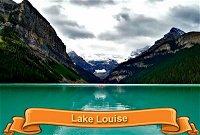
As My Hopes Have Flown Before Trivia Quiz
U.S., Canada, or Mexico?
Take an incredible sightseeing tour across North America! This quiz will ask you to answer whether each famous natural site is from the United States, Canada, or Mexico. (Click the images for a closer look!)
by trident.
Estimated time: 3 mins.











